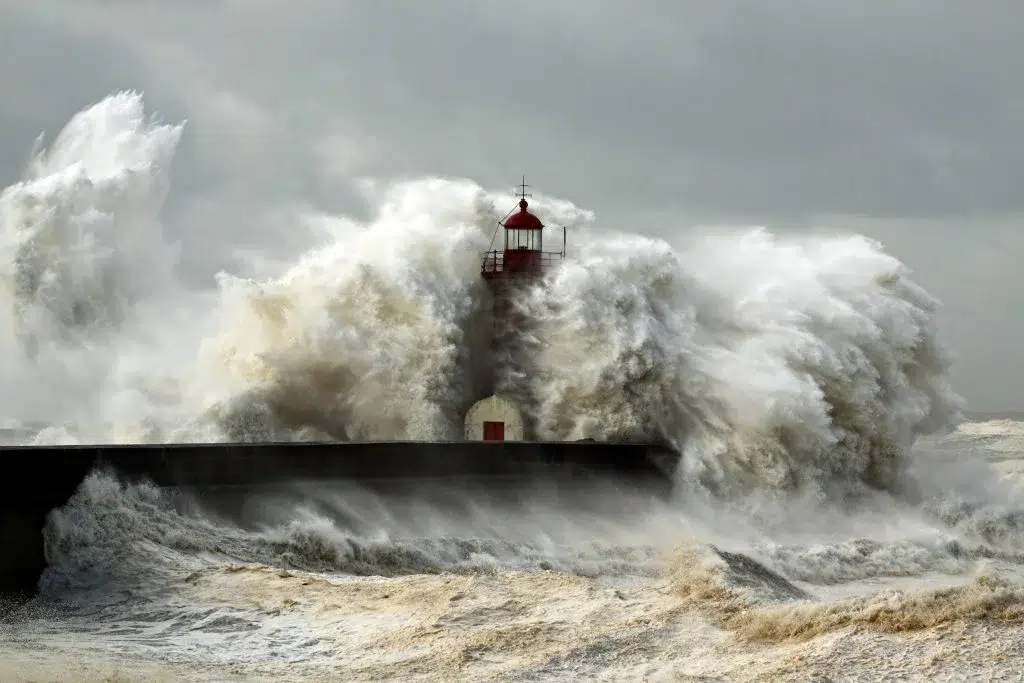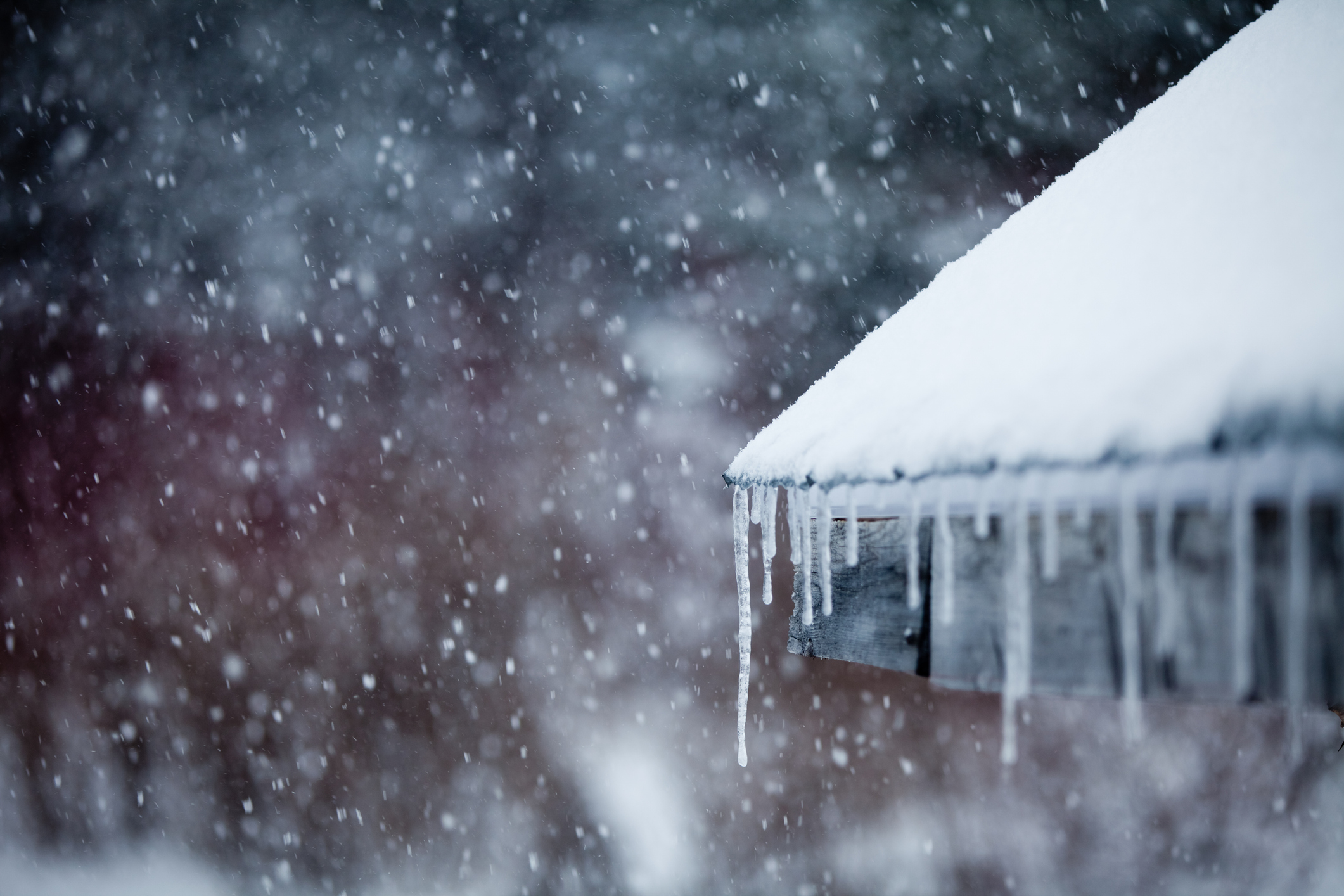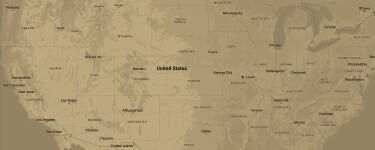
First off, what is a storm surge? According to the National Weather Service, “a storm surge is an abnormal rise of water generated by a storm, over and above the predicted astronomical tide.”
Did you know a storm surge is one of the most dangerous parts of a hurricane? In 1970, nearly 500,000 people were killed in the Bay of Bengal following the deadliest storm surge in history. In the U.S., Hurricane Katrina generated one of the worst storm surges with water levels of more than 25 feet throughout affected communities – 41.5 feet in Waveland, Mississippi.
CoreLogic, a leader in property data analysis, estimates that over six million homes are at risk of a storm surge caused by hurricanes in 2015 on both the Atlantic and Gulf coasts, which could account for $1.5 trillion in Reconstruction Cost Value.
Nearly 20 states are at risk, but more than three quarters of the 6.6 million homes at risk of storm surge are located in only six states:
- Florida (2.5 million at-risk homes)
- Louisiana (760k at-risk homes)
- New York (464k at-risk homes)
- New Jersey (446k at-risk homes)
- Texas (441k at-risk homes)
- Virginia (420k at-risk homes)
Since Hurricane Katrina hit Louisiana in 2005, the most recent Category 5 hurricane in the United States, only one quarter of Louisiana’s at-risk homes are considered in the extreme storm surge category due to the upgrade of levees since Katrina hit.
Cities that rank highest in the amount of homes at risk, as well as total Reconstruction Cost Value, include:
- New York – Newark, NY-NJ-PA
- Miami – Fort Lauderdale – West Palm Beach, FL
- Tampa – St. Petersburg – Clearwater, FL
- Virginia Beach – Norfolk – Newport News, VA-NC
- New Orleans – Metairie, LA
Although these are grave statistics, many experts predict a quiet 2015 storm season. However, it’s always best to be prepared and keep your loved ones safe in the event of a big storm.
—Find out if you are located in a hurricane evacuation zone and learn your zone.
—During a storm, do not use generators indoors, do not go down to your basement where floods occur first, do not drive through heavy water, and leave your home once an evacuation is issued.
—Before a storm, assemble an Emergency Preparedness Kit:
- Use a clear portable container
- 3-day supply of water and non-perishable food
- Can opener and utility knife
- Flashlight
- Battery-powered weather radio
- Cellphone charger
- Extra batteries
- Copies of insurance policies, identification and bank records
- Prescriptions, medical supplies
- First-Aid Kit
We hope these few tips will help keep you safe during hurricane season. Please remember that if you experience any property damage caused by fire, water, mold or storms to Call Paul. We’re available 24/7 to help you!











